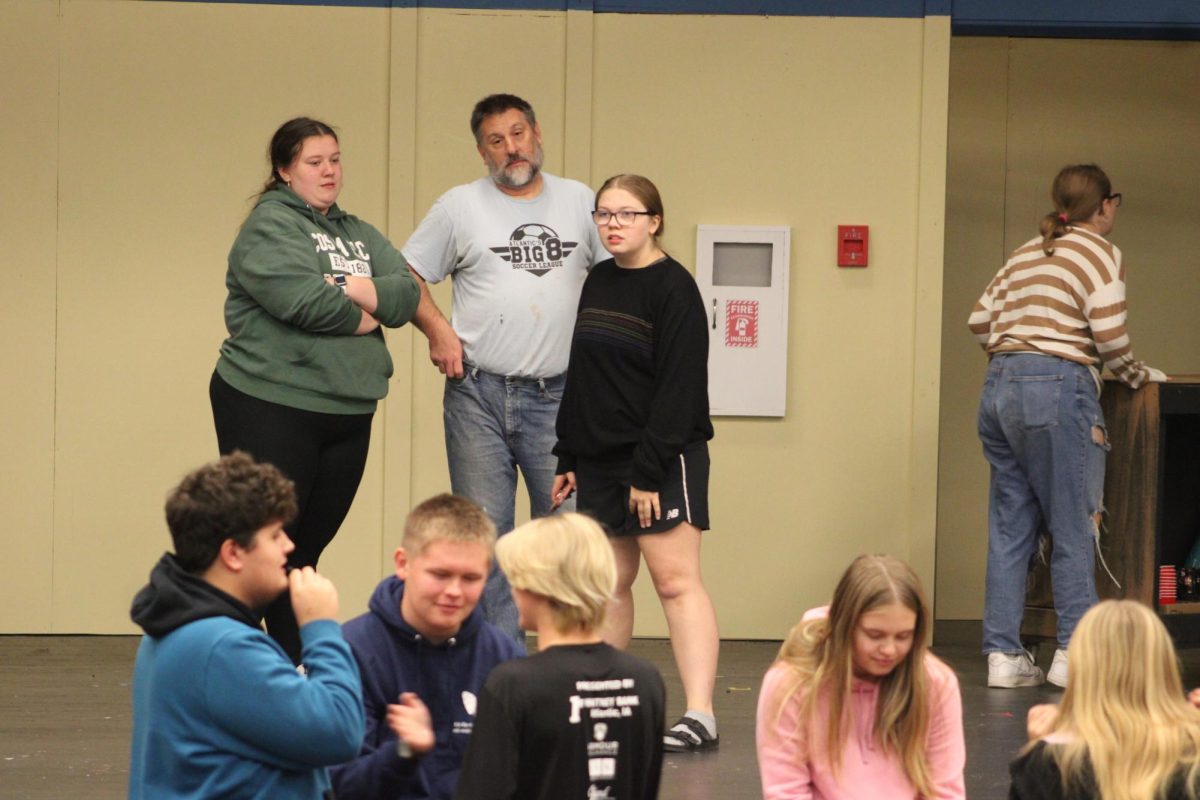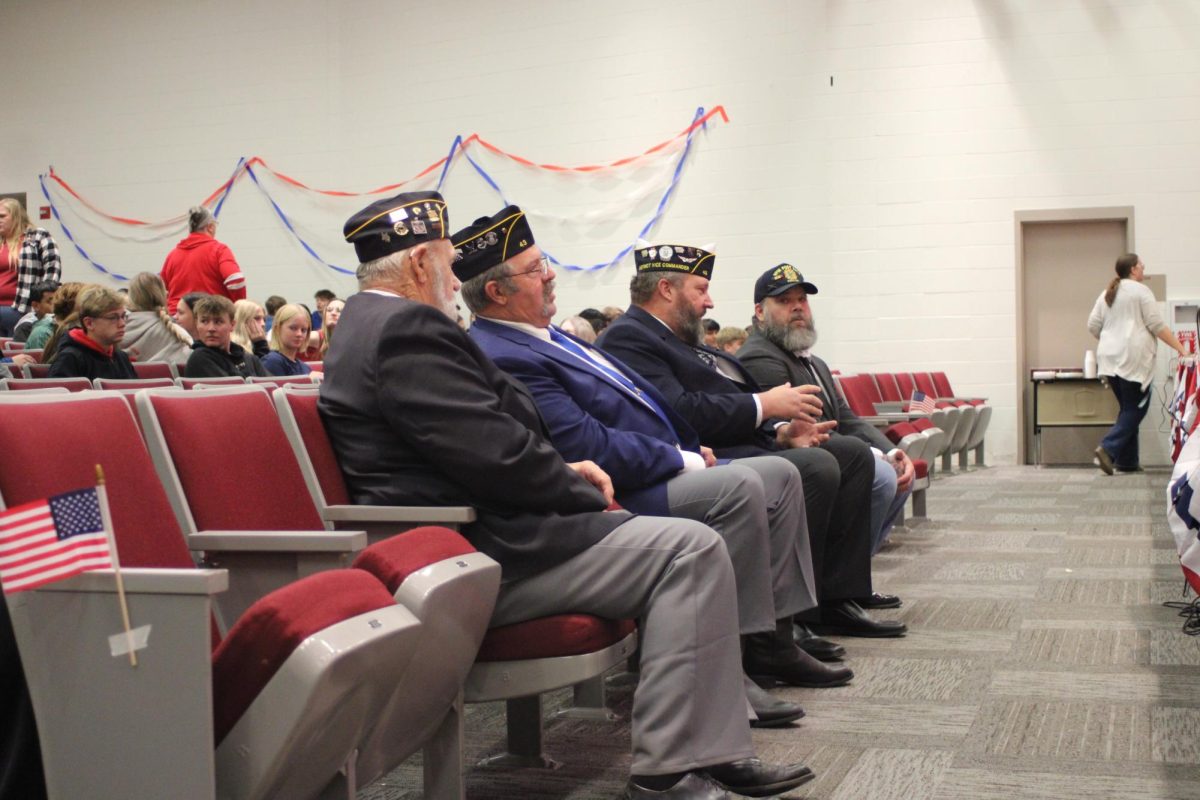Dress Code Disguises and Downfalls
Dress codes across the nations have always impacted schools, including AHS.

Students at AHS express their style in many different ways. Some wonder whether the dress code restricts this.
April 14, 2021
Walking into AHS on a hot day in the midwest, one may see students wearing crop tops, short shirts, cutoffs, midriffs, and hats. This could be alarming to some, considering that the dress code at AHS prohibits all of these articles of clothing.
The dress code continues to be a controversy plaguing schools across the nation. Every school has its own take on the dress code, from being strict, finding a happy medium, or abandoning it entirely. Many think dress code restrictions usually target women, people of color, and criticize certain groups of people. In this day of age, are dress codes necessary or too strict?
According to ABC News, an Oakleaf High School in Orange Park, Florida, sophomore Miranda Larkin was dress-coded on her third day of school for wearing, “a skirt too short” after she had just moved there. She said, “The violation was unintentional.” The school forced her to wear a “shame suit” which consisted of a yellow shirt and red sweats with “DRESS CODE VIOLATION” implanted on them as punishment for the violation. The outfit was meant to embarrass students who got dress coded so that it wouldn’t happen again.
According to TeenVogue, a charter school in North Carolina forced its female students to wear skirts. A Massachusetts school prohibited African American students from wearing box braids. And in Texas, a male student was not allowed to wear nail polish. These are just some of the stories about dress code “violations” breaching students’ personal choices.
Various sources across the nation have described the dress code as inaccurate and inconsistent, preventing students from expressing their style, or making them insecure. Additionally, the added reprimand of taking a student out of class when they violate the dress code takes away their learning experience in school. Where is the line, and how many schools are crossing it?
At AHS, the dress code states: “Be reminded that there should be no display of bare shoulders, no midriffs, or belly buttons visible. Also please be aware of the inappropriateness of short skirts and shorts. If in doubt as to whether something is appropriate, don’t wear it. If you are questioned by a staff person regarding inappropriate dress, please be prepared by having a cover-up garment with you.”
Principal Heather McKay has dress-coded many students in her teaching career and principalship. She said the main problem is the rules about hats. The building leadership team is looking into changing the hat rule, but it hasn’t been taken to the school board to be approved yet. She also said that she wants to take “subjectivity and sexism” away from the dress code as much as possible.
From many students’ points of view, the dress code is “sexist” and “unfair,” as it mostly targets girls more than boys. Junior Katy Rothfusz said, “Nearly all of the rules in the dress code are aimed toward traditionally feminine clothing. When I’ve asked adults about why we have a dress code, they say that it’s because we are distracting.”
Rothfusz said the dress code is being used as “just another way of training girls that our bodies are inherently wrong and something to be ashamed of.” She worries that it teaches young girls the way people “react” to them is something they should take responsibility for. “Instead of teaching girls to hate their bodies and cover-up, teach boys and men that they are responsible for their actions,” Rothfusz said.
Sophomore Alexis Petersen also has a strong opinion on AHS’s dress code. The first time Peterson experienced a dress code violation was at 11 years old in 6th grade for her having her shirt “too low.” The second time she was dress-coded was when she had safety pins in her mask as a fashion statement. Even though it didn’t violate any dress code rules, the administration told her to stop wearing it. Peterson said, “It was upsetting because I thought I looked cute but the administration said ‘No, you can’t wear that.’”
Other AHS students took a different approach to the dress code conversation, claiming they had no issues with the policies in place. Freshman Jayden Hansen said, “I think it’s a good thing to keep students appropriate and not exposing anything,” seeing as it’s a public place with other students and faculty members. He said, “I do not have a problem with it and I think it’s a good thing to have.”
Sophomore Dakota Oswalt also agrees with dress code stipulations. “I don’t think it’s overly a problem when we have bigger things to worry about in school. This is a school. There are children here.” Oswalt’s only issue is when some students get dress-coded, while others don’t. She would like the dress code to be more equal.









